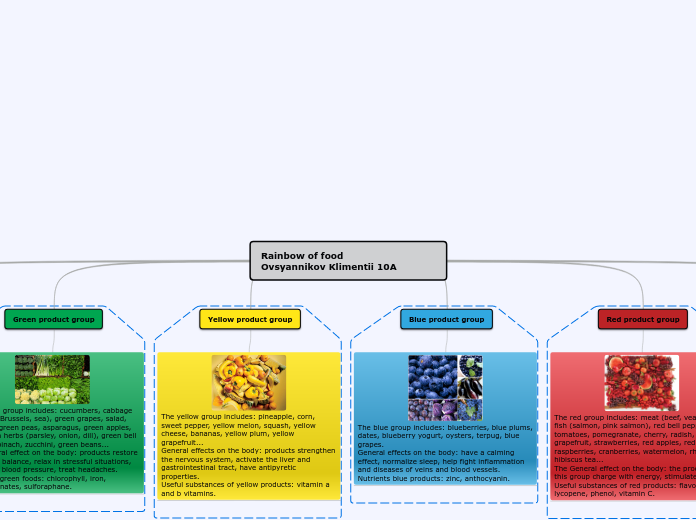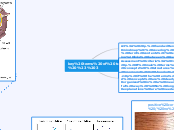The Subject of Biology
Biospheres
Living Organisms
Cells
Eukaryotic
organelles
nucleus
some are unicellular, most are multicellular
protista
Prokaryotic
microscopic
mostly unicellular
no organelles
no nucleus
Archaebacteria
The Three Domains of Life
Eukaryota
diplomonads
microsporidia
trichomonads
flagellates
ciliates
fungi
slime molds
entamoebae
Bacteria
aquifex
thermotoga
bacteroides cytophaga
planctomyces
cyanobacteria
proteobacteria
spirochetes
gram positives
green filamentous bacteria
pyrodicticum
thermoproteus
T. celer
methanococcus
methanobacterium
methanosarcina
Nutrition
Heterotrophy
consumers
detritivores
saprotrophs
Autotrophy
chemoautotroph
photoautotroph
Symbiosis
the relationship between two different organisms
parasitism
one organism benefits while the other is harmed
commensalism
one organisms benefits while the other is neither benefitted nor harmed
mutualism
both organisms benefit from eachother
Reproduction
Asexually
multicellular organisms
budding
spore formation
vegetative propagation
regeneration
fragmentation
unicellular organisms
Fission
Multiple
Binary
transverse
simple
longitudinal
Budding
Sexually
animals
ovaries
testis
plants
gynoecium
androecium
6 Kingdoms
Eubacteria
can be:
photosynthetic
heterotrophs
chemosynthetic
some are:
detrimental
beneficial
Archaea
are: Prokaryotes
methanogens
participate in sewage treatments
inhabit in the colons of animals
produce methane
extremophiles
halophiles
inhabit in great salt lakes
grow best at 17-25% salt concentration
acidophiles
grow best at low pH
hyperthermophiles
inhabit in hydrothermal vents
grow best at 780 degrees C
thermophiles
grow best at 45 degrees C
Protista
Funguslike
hhhhhhh
Plantlike
called: algae
multicellular
unicellular
Animallike
called: protozoa
include:
zoomastigina
sarcodina
ciliophora
sporozoa
Fungi
Myxomycota
Eumycota
Deuteromycotina
Basidomycotina
Ascomycotina
septate
Zygomycotina
reproduce
sexually
asexually
hyphae are:
non-septate
filamentous
Animalia
Vertebrates
Cold Blooded
Reptiles
Fish
Amphibians
Warm Blooded
Mammals
Birds
Invertebrates
Echinoderms
Coelenterates
Arthropods
Mollusks
Worms
Plantae
Flowering Plants
Angiosperms
Monocotyledons
Dicotyledons
Non-Flowering Plants
Gymnosperms
Ferns
Mosses
8 Characteristics
response to stimuli
metabolism
reproduction
homeostasis
hereditary
growth and development
cellular organization
adaptation through evolution
provides the requirements for life
favorable temperatures
soil
water
gasses
energy
include
lithosphere
atmosphere
hydrosphere









